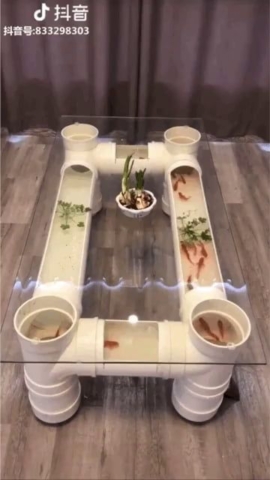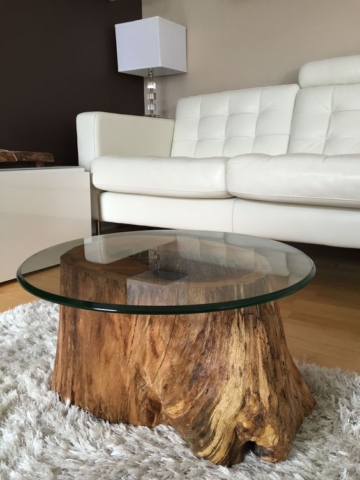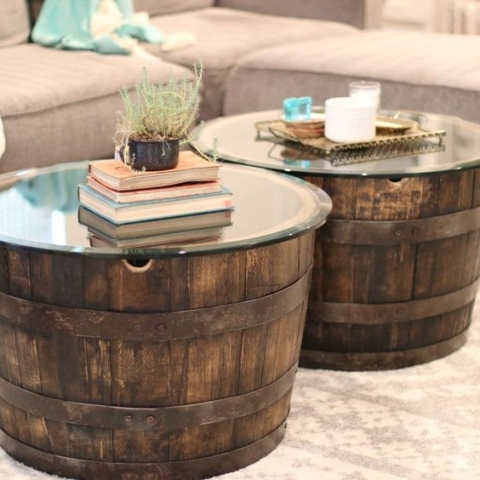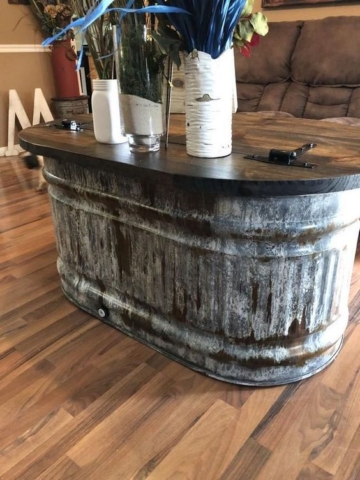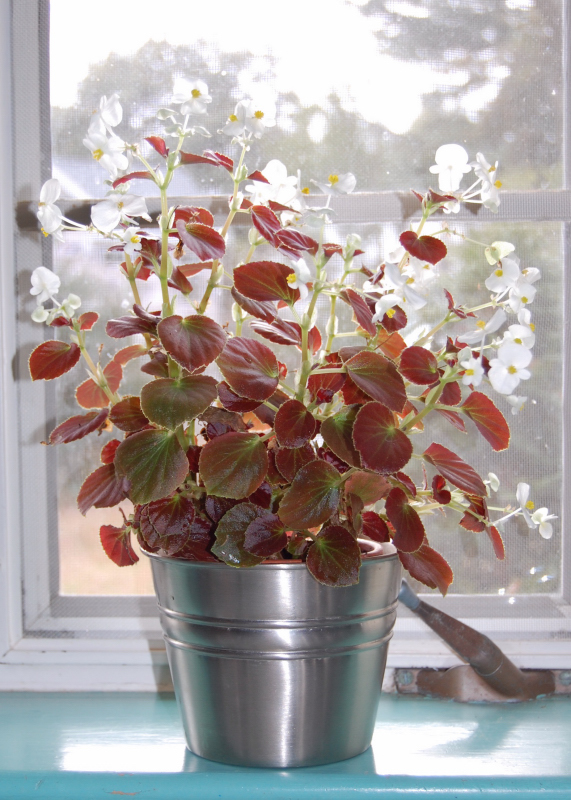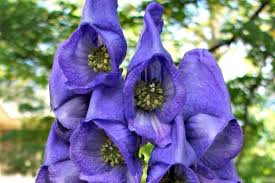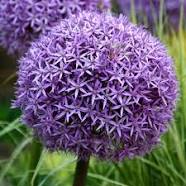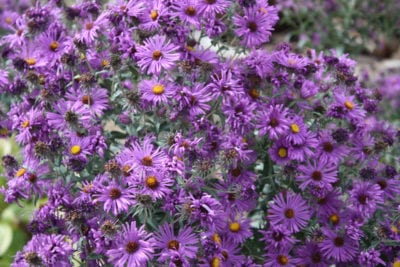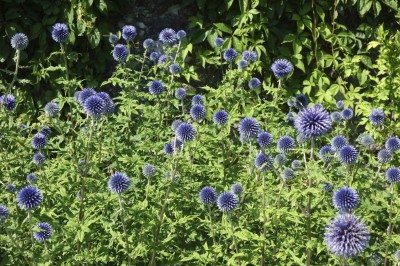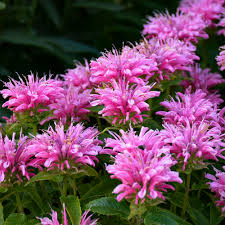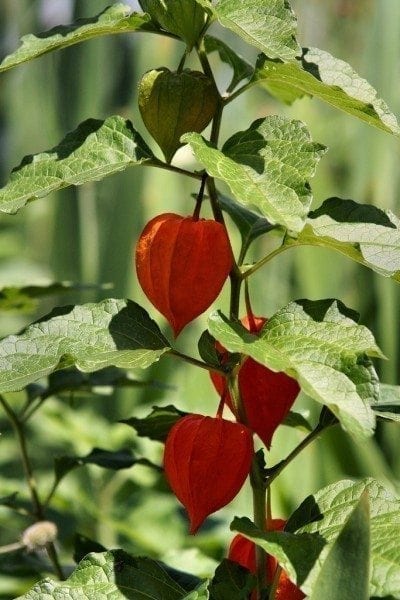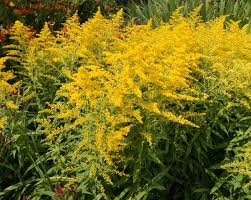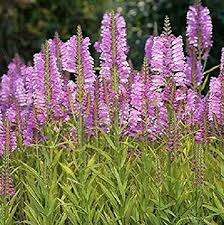The furniture was inspired by Tudor’s design going back to Queen Elizabeth for in the bedrooms. Coffee tables grew in popularity from Victorian times and came out from the bedrooms. The tables that were part of the furniture were basically made from mahogany, rosewood, and oak. These settings often included the finest china, linens, and silver tea service on a marble tabletop. A nice tradition that has gone in the past. Today the wooden coffee tables may also be used in a more informal setting. Refreshments during a movie or sporting event in a family room or living room are common.
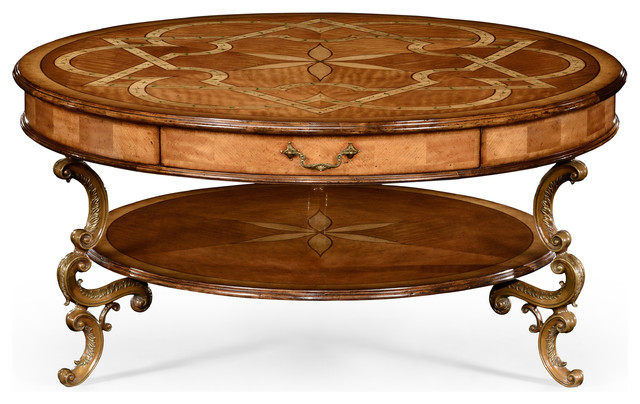
Today, coffee tables in more formal settings are used for decorative accents. These tables may be made of wood, glass, wicker, marble or stone. They often display a floral arrangement, books or knick-knacks. Some families choose to use a coffee table to store books, magazines, newspapers or puzzles. Others may use it as storage for a homework center and for organizational space for families. Children may have fun spreading out their puzzles or games on a coffee table. Displayed models or puzzles can be shown off in a family room. A simple game of cards or checkers can be enjoyed by parents and children on a coffee table.
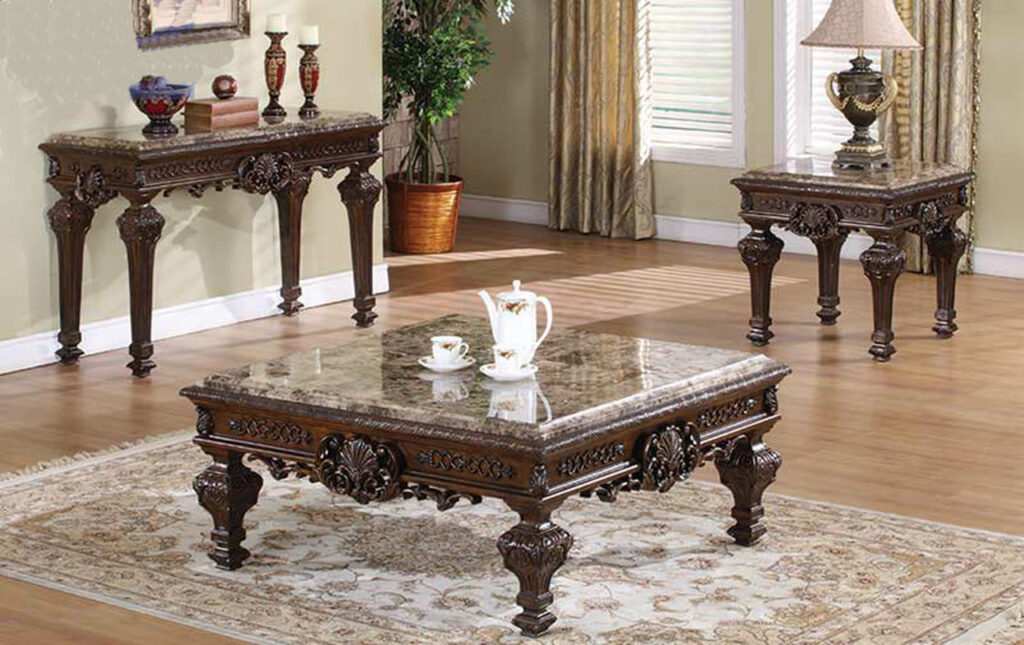
Unless you started a living room revolution and got rid of your coffee table, there’s a good chance it’s one of the most important pieces in your space. Nowadays your coffee table is so much more than a surface to kick up your feet or place a glass of wine. As the focal point of your living room, it acts as an anchor for your ottomans, armchairs, and sofas.
Your coffee table is such an important part of your living room, so it’s important it is designed, as you would your wall. Does stacking art books on your coffee table feel lackluster? Use your imagination by adding a plant and an art piece that has a personal touch to your living room. Or you could personalize it to suit your style. Do not forget to save space in case you want to invite some friends over to have coffee!

